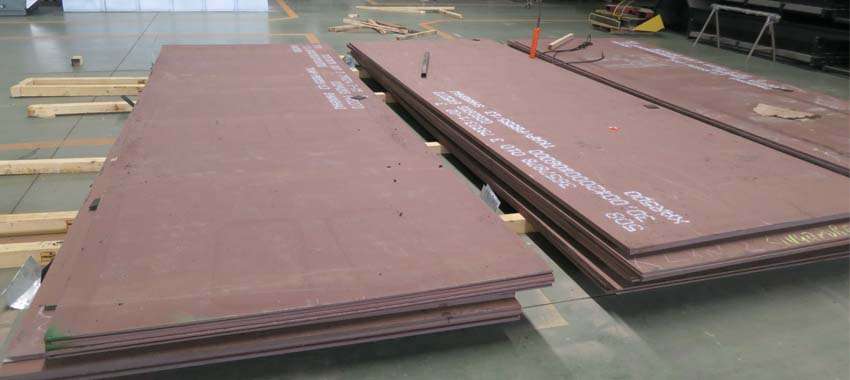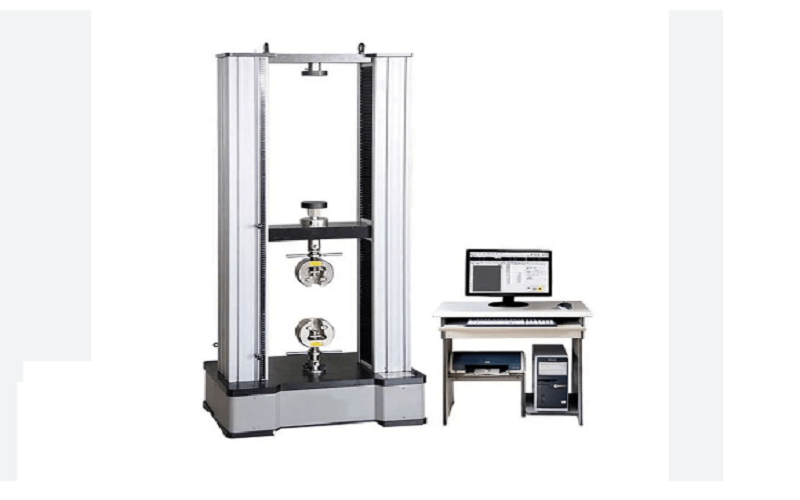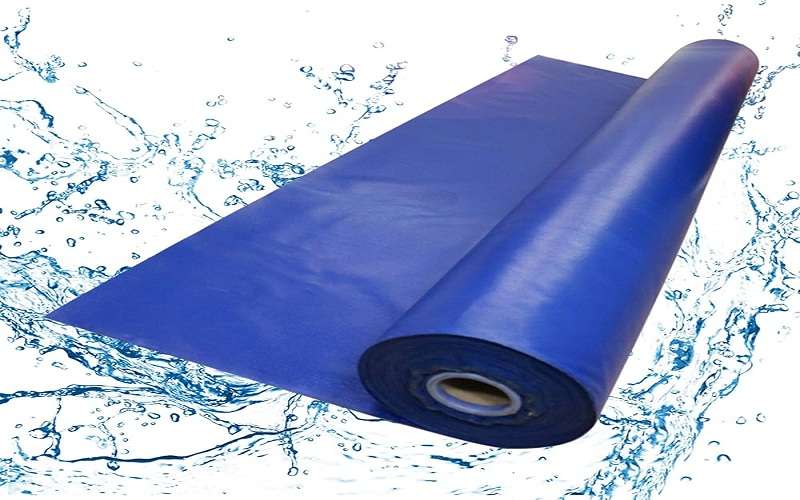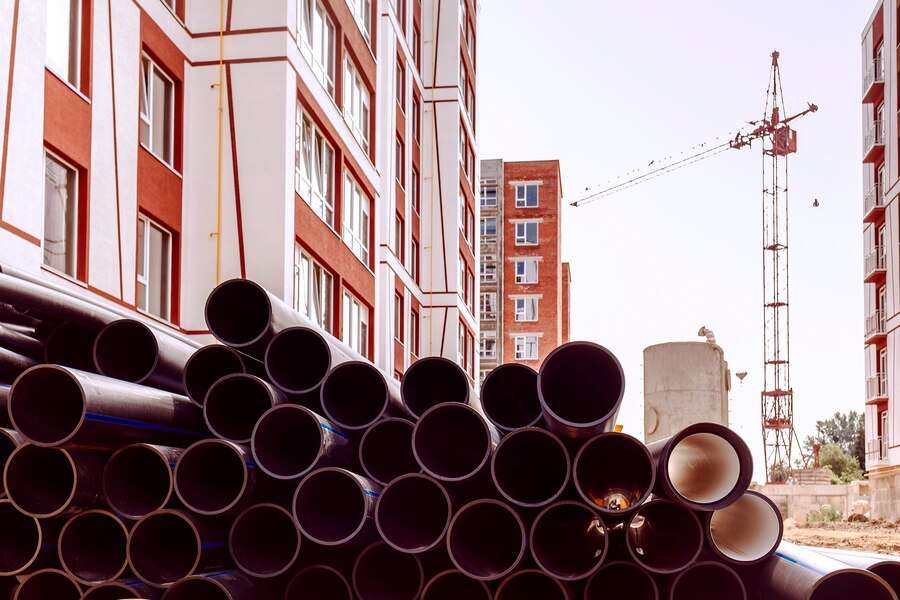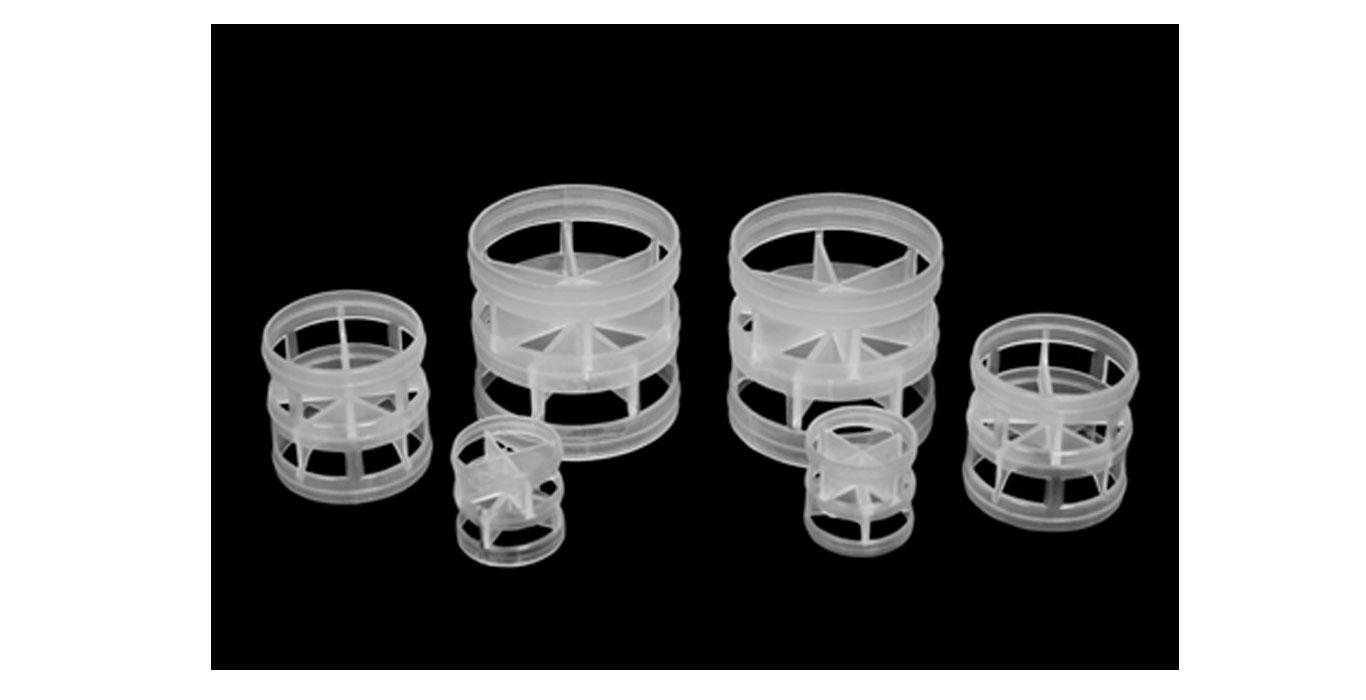ASTM A204 15mo3 plates are high-temperature pressure vessels and boilerplates designed to withstand extenuating conditions. These plates come with exceptional mechanical properties such as high strength, durability, and corrosion resistance, making them a popular choice for various industries that operate in extreme environments.
If you want to learn more about ASTM A204 15mo3 plates, this guide is for you. You will gain a better understanding of what they are, how they are used, and the advantages they offer in industrial and commercial applications.
What are ASTM A204 15mo3 plates?
ASTM A204 15mo3 plates are alloy steel with 3.5% nickel and 0.5% chromium content. They have a maximum thickness of 150mm and are designed to withstand high temperatures and pressure of up to 600°C and 15,000 psi, respectively. The high-quality steel used in their fabrication makes them an ideal choice for industries that require strengthening and high-temperature resistance.
How are ASTM A204 15mo3 plates used?
These plates fabricate pressure vessels, boilers, and heat exchanger bodies. They are designed to withstand high pressures and temperatures, making them ideal for the chemical, petrochemical, oil, gas, and power generation industries. Owing to their high tensile strength and corrosion resistance, they can withstand hostile environments of high temperatures and pressures, thus ensuring the safety of workers and equipment alike.
What are the advantages of ASTM A204 15mo3 plates?
ASTM A204 15mo3 plates offer several benefits, including high temperature and pressure resistance, excellent corrosion resistance, and high strength. Also, these plates need little maintenance, which results in cost savings for industries that use them. Finally, they are cost-effective and are, therefore, one of the most preferred and reliable plates for boiler and pressure vessel construction.
Applications of ASTM A204 15Mo3 plates
ASTM A204 15Mo3 plates are specifically designed for high-temperature applications in various industries. One common application is in the manufacturing of pressure vessels and boilers. The 15Mo3 alloy, a type of steel, offers excellent resistance to high temperatures and high-pressure environments. These plates are widely used in the petrochemical, chemical processing, and power generation industries to fabricate boilers and pressure vessels subjected to elevated temperatures and pressures.
The 15Mo3 plates ensure the structural integrity and safety of these vessels under extreme conditions, making them a crucial component in these industries. Additionally, ASTM A204 15Mo3 plates find applications in constructing heat exchangers. Heat exchangers are essential in various industrial processes, including cooling and heating systems, and they require materials that can withstand the heat and pressure involved. 15Mo3 plates, with their high-temperature resistance and excellent thermal conductivity, are used to construct heat exchanger components like tubes and shells.
How do you choose the right ASTM A204 15mo3 plates?
When selecting ASTM A204 15mo3 plates, you must consider their thickness, performance, and the nature of the environment in which they will be used. It is important to consider the type and extent of corrosion affecting the plates’ durability. Other factors to consider when choosing are workability, resistance to shock, and impact.
Conclusion:
Innovation and advancements in technology have contributed a great deal to improving the steel industry’s quality and performance. Thus making it possible for industries that operate in extreme environments to continue their operations without worrying about their equipment and workers’ safety. ASTM A204 15mo3 plates are proof of these developments, making these plates an ideal choice for boilers and pressure vessel manufacturing. With their outstanding properties, industries that handle severe-to-critical applications, such as petrochemicals, fossil fuels, and the nuclear industry, can execute their operations safely and efficiently.






